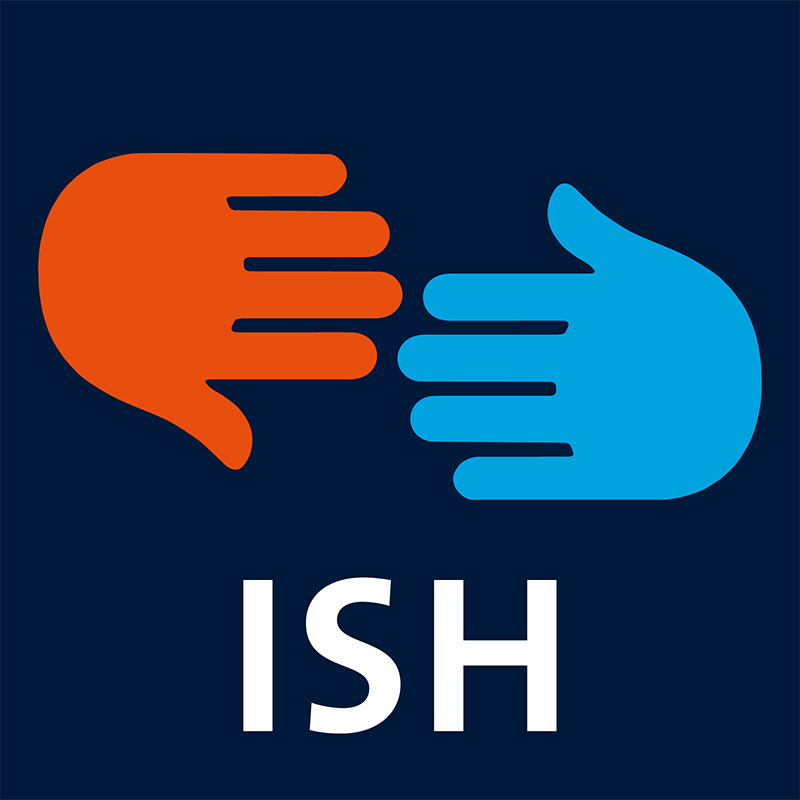Housing in the Netherlands can be expensive but there is a silver lining, if you live in a rented house, you may be entitled to a rental subsidy (huurtoeslag), which is essentially money from the government that goes towards your rent.
Eligibility for the rental subsidy
- You’re at least 18 years old
- You rent independent accommodation (meaning your place has its own front door and private facilities – kitchen, bathroom and toilet – which are all behind that front door)
- You’re registered at your home address in the Netherlands
- Your income and capital are not too high (the meaning of ‘too high’ depends on your situation, check here)
- Your assets aren’t too high
- Your rent isn’t too high
- You have the nationality of an EU country, Liechtenstein, Norway, Iceland or Switzerland. Non-EU nationals need a valid residence permit or work permit
Check here for the official criteria and special circumstances. Click here to apply for the rental subsidy. Be sure to use Google Chrome browser that allows you to translate the page.
What costs come under ‘rent’ for rental subsidy applications?
If you’ve read our section on housing expenses, you’ll know that rent contains various separate components, including basic rent and service costs. The Belastingdienst (Dutch Tax and Customs Administration, in charge of granting subsidies) requires the amount of your basic rent + service costs to be lower than the figures listed on this page.
Rental subsidy/huurtoeslag in a shared house
If you rent independent accommodation alongside others, you can all apply for huurtoeslag together for the entire house. The person listed on the lease should be the one doing the application. Note that you still need to fulfil all the above conditions to be eligible, and you must check whether your roommates count as co-residents under the subsidy requirements.
Rental subsidy amount
The Belastingdienst themselves cannot give one answer to this question, as it is highly dependent on your situation. Some general rules apply, though:
- Less income means more subsidy money
- Higher rent (that is still below the max. amount) means more subsidy money
- You will always have to pay a part of the rent yourself.
If you want to know how much you would receive, you can make a test calculation. Be aware that there is no guarantee that your self-assessment will give the same amount as what the Belastingdienst will give you.
Final calculation
At the end of the year, the Belastingdienst will send you a final calculation; this details the income you received in the past year, as well as the amount of housing subsidy you received. If the huurtoeslag amount you received is lower than the amount they should have sent you throughout the year, they will transfer the rest to you, so you don’t miss out on any money. This sounds wonderful, but beware! The opposite applies too: if they sent you too much money, you will have to pay back the excess.
FAQ’s
How do I know if my application was accepted?
The Belastingdienst will send you a letter after your application letting you know whether or not you will receive the subsidy.
When do I start receiving huurtoeslag? And when is it paid out?
The subsidy starts on the first of the month, and the Belastingdienst usually transfers the amount on the 20th of every month. This is meant to be an advance payment for next month’s rent.
Can I get huurtoeslag retroactively?
The short answer is yes! As a general rule, you can apply for the subsidy until September of the following year. For example, if you want huurtoeslag for 2024, you have until the 1st of September 2025 to complete your application.
What if my situation changes and I am no longer eligible?
If something happens and you no longer fulfil the requirments, then you need to notify the Belastingdienst of these changes in your situation within four weeks.
What if I move to a different accommodation?
If you change accommodation and your new housing still fulfils the requirements for huurtoeslag, you can apply for the subsidy for your new address if you:
- Have registered this new address with the municipality
- Live at the new address

